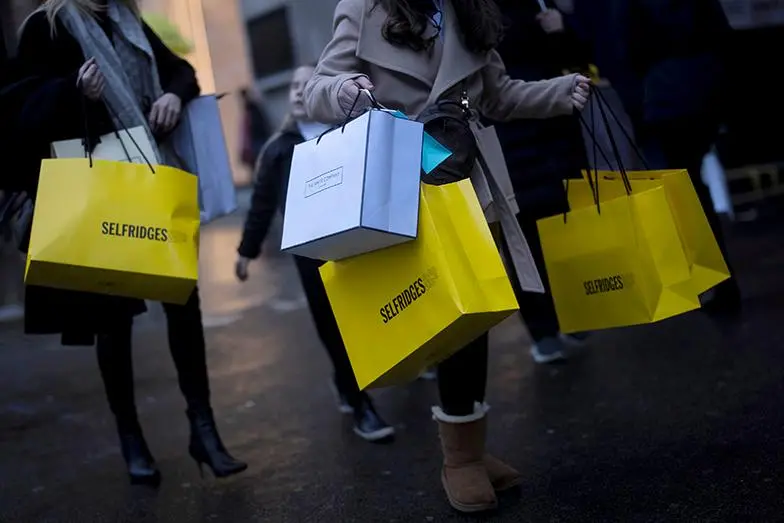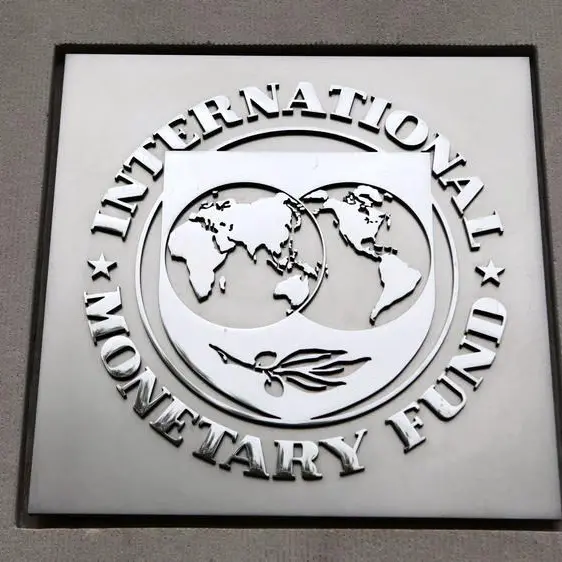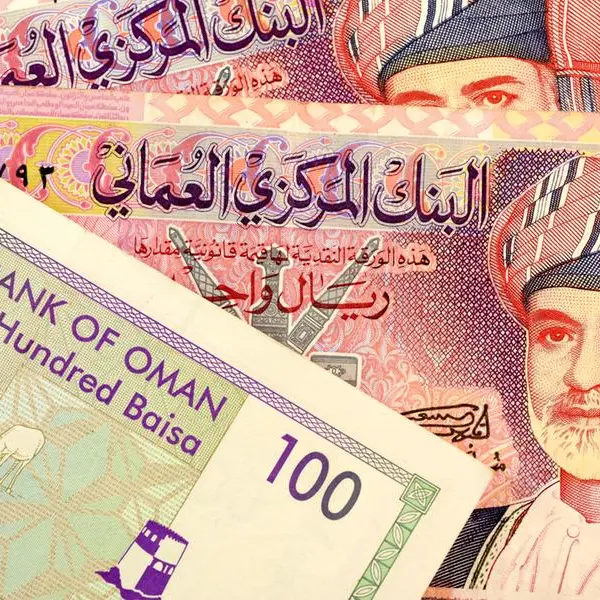PHOTO
(The author is editor-at-large for finance and markets at Reuters News. Any views expressed here are his own)
LONDON - Inflation is rising everywhere - but bond investors now appear more worried about central banks overreacting than being asleep at the wheel.
Whether the current spike in inflation rates proves durable or not, the milestones are clocking up and businesses around the world are increasingly anxious.
At 6.1% for the second quarter, U.S. annual inflation measured by core personal consumption expenditures was at its highest since the 1980s and core consumer price inflation of 4.5% in June was at its highest since 1990.
And it's no U.S. quirk. Germany recorded headline inflation above 3% for the first time since 2008 in July. Wider euro zone inflation is expected to have hit 2% in July for the first time in almost three years.
Some firms that claim to be facing double-digit input prices - such as Unilever, Nestle or other producers of consumer staples - have clearly flagged worries about margins. Whether they can pass on those costs or just have to absorb them temporarily will tell a lot about inflation's ability to stick.
Either way, there's almost an obsessive focus on the issue in what has been an otherwise spectacular Q2 corporate earnings season on both sides of the Atlantic.
According to Bank of America, mentions of "inflation" on S&P 500 and European Stoxx 600 Q2 earnings calls have jumped to record highs in absolute terms and were up 1,000% and 400% respectively compared with a year ago.
So why are fixed-income bond markets - so intrinsically hyper-sensitive to inflation - still so serene
Of course, central banks each month are still buying bonds worth hundreds of billions of dollars.
But investors also appear to buy central banks' regular reassurance that these inflation spikes are mostly down to base effects and bottlenecks from reopening locked-down economies and the rate of increase will subside quickly again.
Indeed, many of those annual base effects from energy and food prices could well be sharply negative again early in 2022.
In what appeared like a dovish tilt, Federal Reserve Chair Jerome Powell was at pains once again this week to explain what the Fed meant when it said this was "transitory". Prices may rise this year, he said, but they are unlikely to keep rising at that pace year after year and you won't have "an inflation process" both feeding and feeding off inflation expectations.
Yet the Fed is still slowly preparing to taper its bond buying over the months ahead as the economy and jobs market recover further.
And still bond yields continue to backslide.
With full-year growth heading for 7% and inflation at 30-year highs, 10-year Treasury rates of 1.27% are still 50 basis points below pre-pandemic levels and real, inflation-adjusted yields of -1.17% have never been more negative.
While 10-year inflation expectations embedded in these rates are at 10-year highs, they remain relatively contained at about 2.4%. The fact they are lower than the 5-year equivalent of about 2.7% shows the modest hump assumed over time.
'TERMINAL' CONDITION
So are investors just drinking the Fed's "Kool-Aid" of quantitative easing, extreme dovishness and deft expectations management
Maybe not. Some funds think the Fed actually jumped the gun too soon in talking about tapering bond-buying in recent months. And what's more, they think that too many of its policymakers still hark back to decades of an inflation-capping bias that's at odds with the new inflation-averaging tilt that requires long periods above a 2% goal to balance years of undershoot.
Nuveen's Chief Investment Strategist Brian Nick reckons the reason yields retreated so much was less about an easy Fed than fear of a "hawkish policy error" now that snuffs out growth down the line. A more dovish Fed going forward would have a better chance steepening the yield curve in this environment, he added.
The slide in what markets see as the long-term "terminal rate" - or the policy rate eventually consistent with the Fed's employment and inflation goals - speaks to that fear.
BlackRock puts the retreat in yields since May down to a reversal of both a jump early in the year in the "term premium" - estimated as the extra compensation investors need to cover the uncertainty of holding longer-term bonds - and a swoon in this "terminal rate". It pointed out that the four Fed hikes that markets now expect by 2025 is half of what was seen in April.
It thinks the economic "restart" underway is very real, but it is just a restart and the U.S. economy will eventually return to pre-pandemic trends.
Bank of America rates strategist Ralph Axel added that markets simply do not believe the Fed will be able to raise rates very far once we get into the hiking cycle and the economy softens beyond 2022.
"Rates investors are increasingly skeptical of the Fed's ability to deliver a repeat of the 2015-2018 hiking cycle," he said, pointing out the Fed managed to go from tapering QE to raising its policy rate to between 2.25% and 2.50% and lifting 10-year Treasury yields to 3.2% in those three years.
Axel says that skepticism is partly a belief the economy is more vulnerable to higher rates now than six years ago - with housing, debt and equity markets all at more extreme levels.
But it also reflects some doubt in the Fed's commitment to reflation.
"There has also been growing concern among rates investors that the Fed is leaning more towards its old inflation-fighting self rather than its new reflationary self."
(The author is editor-at-large for finance and markets at Reuters News. Any views expressed here are his own)
(By Mike Dolan, Twitter: @reutersMikeD; Editing by Lisa Shumaker) ((mike.dolan@thomsonreuters.com; +44 207 542 8488; Reuters Messaging: mike.dolan.reuters.com@thomsonreuters.net))












